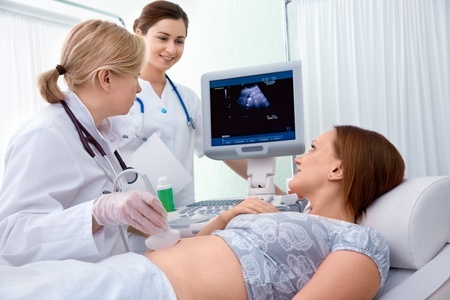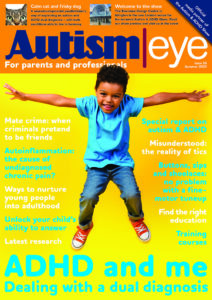Ultrasound scans undertaken in the first trimester of pregnancy are being linked to the development of autism in children who already possess a genetic link to the condition.
Scientists from the University of Washington and the Seattle Children’s Research Institute say they have uncovered a link between the severity of autism and ultrasound scans that were performed on pregnant women in their first trimester.
 Sara Jane Webb, the study’s lead author, said the research does not indicate that ultrasounds are a cause of autism. However, the team did find that male children with ASD and copy number variations (CNVs), plus exposure to first trimester ultrasounds, had a significant decreased non-verbal IQ.
Sara Jane Webb, the study’s lead author, said the research does not indicate that ultrasounds are a cause of autism. However, the team did find that male children with ASD and copy number variations (CNVs), plus exposure to first trimester ultrasounds, had a significant decreased non-verbal IQ.
Repetitive behaviours
The young people also had increased repetitive behaviours when compared to males with autism with CNVs who did not have a first trimester ultrasound.
On close examination of the 2,600 families who took part in the study there was no connection found when ultrasounds were performed in the second and third trimesters. The findings were limited to males with an ASD, as the team found no significant findings for females.
Ultrasound scans in the spotlight
This is not the first time that the role of ultrasound scans in the development of autism has come under scrutiny. Previously, no link between ASD and ultrasound had been found. In 2010, an article in the Journal of Autism and Development Disorders reported on a study of 755 children and ultrasound exposure and found no link. In 2012, a study involving 2,834 people also found ultrasound to have no effect on the development of the condition.
The small amount of heat that ultrasound equipment emits during a scan has been the focus of attention for critics of prenatal ultrasound in the past. There is no evidence to date that this is harmful, but medical advice given by the US-based Food and Drug Administration (FDA) currently suggests that doctors perform diagnostic ultrasounds only when they are considered a medical necessity.
The new study was published in the journal Autism Research.
Published: 16 September 2016















